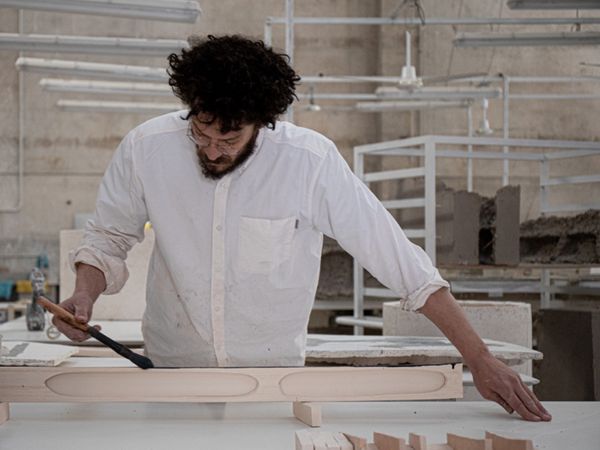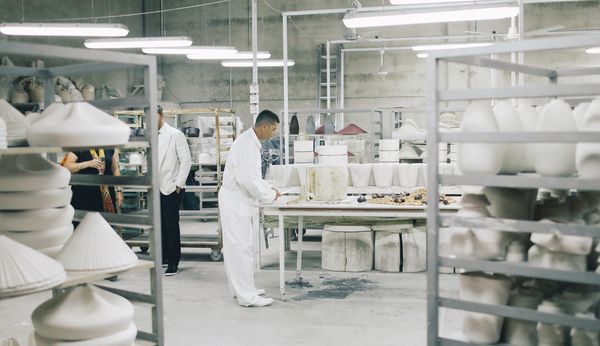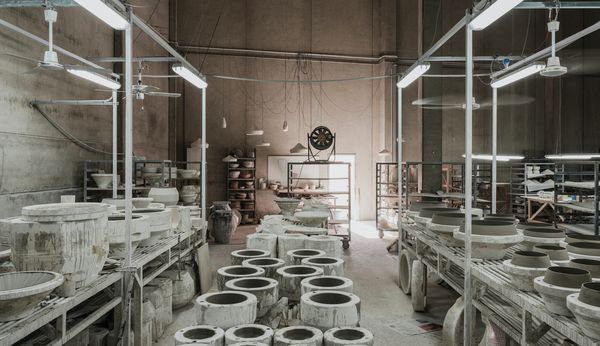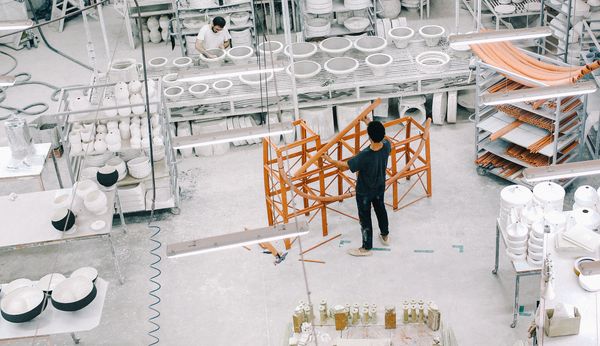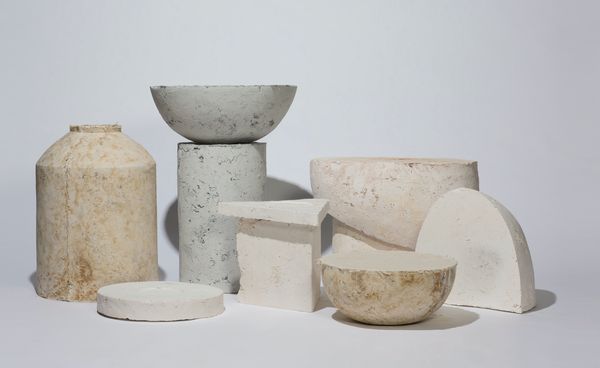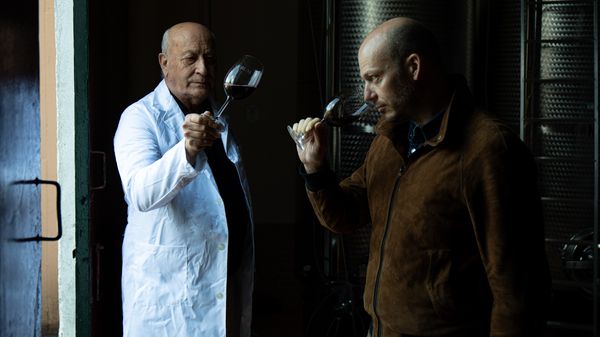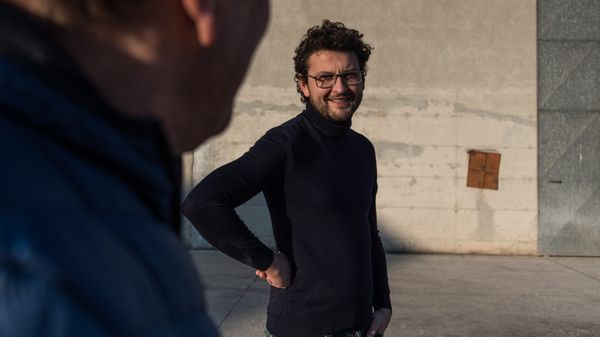
By Tom Parker Bowles
‘You stand there with your mouth open, saying “what?” says Sven Baacke, Head of Design for Gaggenau, in reference to Spanish ceramic studio Apparatu. ‘But in the very best way.’ He laughs. It’s safe to say that Baacke, who is also a member of the Respected by Gaggenau Global Curator Board, is a huge fan. ‘They’re continually doing different things’ he goes on, ‘and I like that you can’t put them into an exact category.’
Because while Apparatu - started by Xavier Mañosa and his family, and based just outside Barcelona - works on various projects, making everything from vases and vessels to lamp shades and dishes, they’re best known for their love of irregular shapes and texture. And Mañosa’s use of materials is not usually associated with traditional ceramics.
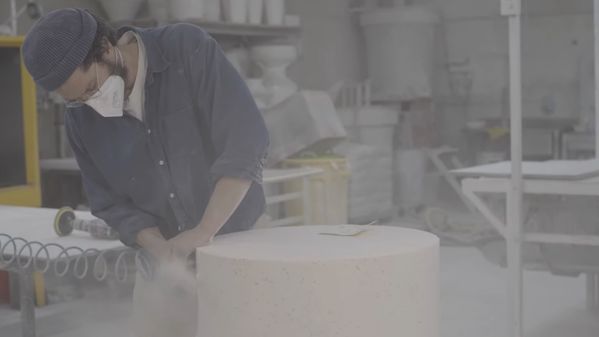

‘Apparatu is a design studio, ceramic workshop and a family business which creates objects that are situated between the world of crafts, industry and art,’ says Isabel Martínez-Cosentino, the owner of Cosentino City Barcelona and a curator for Respected by Gaggenau. 'She nominated the company, and is not only a keen supporter, but has collaborated with them in the past. ‘It works on a new concept of decoration based on ceramics, in some cases fused with other materials’ she says, ‘with technological and innovative characteristics. They handcraft ceramics for the kitchen and dining space, with personal touches applied to every object.’
Apparatu also carries out commissions for the likes of Nike, Alessi and Hermès, and has exhibited at contemporary design festivals across the world, from Frankfurt to Tokyo, London to New York. Their studio is a creative hub where the traditional art of pottery meets resolutely modern technology and materials. Which makes sense, considering Mañosa trained as an Industrial Designer. His parents are traditional potters, and he grew up, surrounded by clays, glazes and ovens. ‘When my parents started’, he says, ‘they were doing very decorative ceramics.’ So to study Industrial Design - which is all about mass production, technology, and often automated replication – could be seen as an act of defiance, a way of breaking away, and establishing his own name and style.
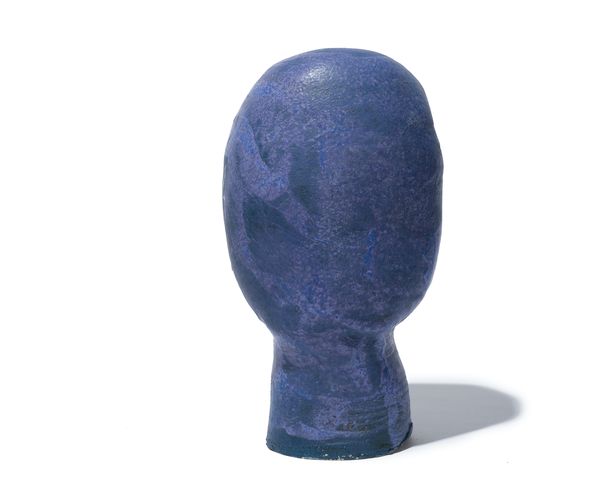
‘They’re continually doing different things, and I like that you can’t put them into an exact category.’
Sven Baacke, Head of Design, Gaggenau

While studying Industrial Design at the Llotja School in Barcelona, he continued to help out his parents in the studio, but admits he didn’t care much about ceramics at the time. After graduation, he moved to Berlin, where he lived in a Hausprojekt in Kreuzberg, set up a small pottery studio, and produced small pieces to sell at the Boxhagener Platz flea market. Then his parents asked him to create a couple of pieces for a fair, so he travelled back home to make them, as his Berlin studio was pretty ‘primitive.’ He started to make more and more, and eventually got a few pieces accepted for an exhibition in London. ‘Among the pieces were a ceramic cone, a three-dimensional vase-blackboard, a water balloon - they were experiments, ready-made objects, little jokes.’
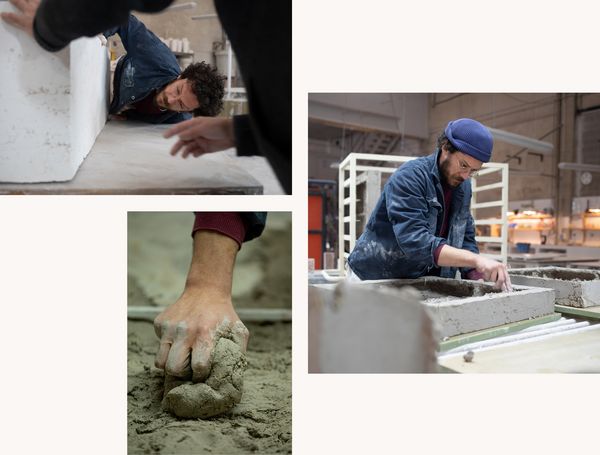

It was at the London exhibition where he decided to set up a website. ‘I chose Apparatu, from the German word “Apparat” and the Catalan “aparatu”. The name is a symbiosis between poorly written Catalan and poorly spoken German. That’s how Apparatu was born, out of the need to organize my projects and set up a website, to create a permanent space for my objects.’ Soon, he was spending more time in Barcelona than Berlin and decided to move home for good.
The return to his parents’ studio could have been tricky, as he was determined to do things his way. ‘I said one thing had to be clear: We can work together but we go in one direction. They let me do whatever I wanted, but used to say, “Can you just do something saleable?” and “Is it too much to ask that you create something that someone wants to buy!”’ He smiles. ‘But I feel free. They trust me, and that is not always easy to find in a family business.’ He feels they work very well together, and that his involvement showed ‘the importance of being a coherent company, of producing pieces that relate to each other, that have a common thread.’
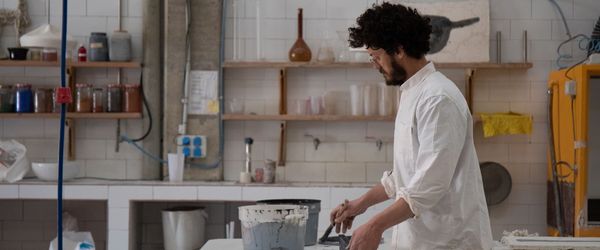

Mañosa doesn’t believe that traditional pottery and industrial design are mutually exclusive. ‘Technology is a tool, something that has always been there. You need tools to work. It may seem like something far removed from craft, but actually, it’s intrinsic. With technology, it feels like something that I need, something that improves my natural abilities, to do what I want.’ Yet he loves craft too, always studying the past for inspiration. ‘I will approach certain technology, thinking it’s new. Then you realise that it has been done 2000 years ago. It’s sometimes good to go back in history to realise that you are not discovering much.’
In fact, Mañosa is fascinated by the point at which old fashioned craft meets modern technology. ‘I’m very interested in the idea of production, both industrial and craft. For me, both are the same and there is no more romantic part in one or the other. I would say they are very, very similar.’ This is what fascinates Sven Baacke. ‘What is impressive about Apparatu,’ he says, ‘is while they push the possibilities of using clay for design purposes, they also respect traditions and history, leading to ceramics with authenticity.’
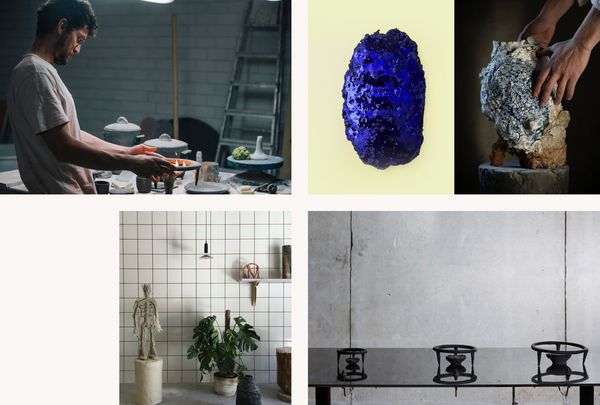

This blend of cutting edge and traditional methods is made clear when you look at his work. The ‘Pleat Box’ lamp collection, made in collaboration with lighting manufacturer Marset, is exquisitely fluid, resembling fabric rather than ceramic. And he uses digital technology to design them, while using moulds filled with liquid clay to actually construct them. The end result is a natural, seamless melding of traditional craft and industrial design.
Many describe Apparatu as ‘experimental.’ And Mañosa agrees, albeit with reservations. ‘It feels a bit uncomfortable to say yes, because it sounds a bit pretentious. But I do feel that we have to experiment. We are very interested in trying to understand what we can achieve in each project. ‘
It’s another quality Baacke finds so fascinating about Apparatu. ‘It’s the way they treat material. They’re very special. I don’t even know if they are beautiful, I don’t know what they are, and this is a little bit what inspires me.’ Mañosa is constantly experimenting, and refuses to accept the supposed constraints of his medium. ‘It means that we are trying different processes, different materials, in different categories of ceramics. We are taking a lot of risks and at the same time, making a lot of mistakes, knowing a lot of everything, widely, not going in one certain way or style.’

Then there are the glazes. ‘Which is a big thing in ceramics,’ says Mañosa. He talks about Josep Llorens i Artigas, the famed Spanish ceramist known for his work with Miro. ‘He was a great alchemist in terms of glazing and ceramics. And his book called Formulario y Prácticas de Cerámica, is crazy, with about 1000 recipes for different glazes. I’m trying to unravel it, which is not that easy. He does not even give colours. The glazes are so unstable that you might end up with something else, even if you have the formula.’
It’s this experimentation, obsession with every detail, the merging of tradition and technology, and their refusal to be bound by the usual perceived constraints, that made Apparatu stand out from a strong Respected by Gaggenau design shortlist. Even those with little experience in the world of design could see the innovation, the intelligence, the beauty and the inspiration. ‘I think Apparatu is about disconnection,’ Sven Baacke says ‘and the thin line between sometimes not knowing what they are doing, and occasionally some unusual things coming from the studio. And a very traditional and old way of manufacturing.
This is an interesting approach within a family business in the tension field of art, design, craftsmanship and modern innovative technology – with very surprising and inspiring results.’
Sven Baacke, Respected by Gaggenau Global Curator
Martínez-Cosentino agrees. ‘Apparatu has collaborated with Cosentino multiple times, achieving exceptional results. In the Dektonclay project, they explored the concept of the kitchen, creating a collection of pieces that bring together the kitchen and the dining room through a single material. In Dektonhenge, Apparatu worked hand in hand with Cosentino's technical department, managing to transform the Dekton through ceramic processes. Their work perfectly reflects Gaggenau's values in terms of quality standards, unusual approach, and material as product identity and communication skills.’

Mañosa is admirably modest about Apparatu’s success. ‘I want to try making products that are simple, accessible, functional and well-made.’ Asked what the Respected by Gaggenau accolade means to him, he thinks for a moment. ‘We never applied to enter this initiative. Which makes it even more special. It matters for me and my parents, and gave me a good feeling in my belly and in my brain, which moved me, and well, made me happy. How cool is that? It’s just lovely that you came to us and said you really liked what we did.’ We may not know what’s coming next from Apparatu, but you can guarantee it will be anything but dull.
Images and film by Parallelozero

